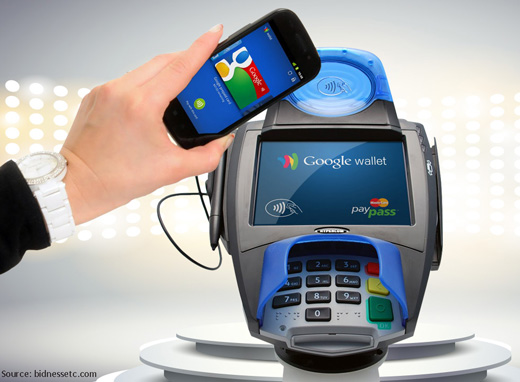What’s in store with Android M?
Better User Control:
With Android M, the idea is that the Android user will have complete control over what their phone (and its apps) has access to. You will be asked when using an app for permission. What this means is the app asks your permission to be able to access the information you are utilizing with the app in question. This way the app can store information and use it later. However, you do not have to give permission. You have the option to do so if you want your apps to record what you are doing with them, but you can choose to have them not record it. In this way, you have more control over what your phone does.

Fingerprint Technology:
Android M will also be incorporating the use of fingerprint identification in many of its functions. Android M itself will not be providing the fingerprint scanner. However, if you already have such a scanner in your phone, you will be able to use it to make both online and in person purchasing easier. You will be able to use the fingerprint scanning technology to buy things at regular stores, or online at an app store.
Efficiency and Functionality:
Android M is taking many steps towards making sure that the consumer gets the most use out of their phone. One such feature that helps make this idea a reality is the doze system. Android M is able to use motion sensors to tell when the phone hasn’t been used recently so it can enter a sleep mode of sorts to save on power. Android M also makes use of a new system for accessing Chrome. Now, when an app wants to use Chrome the app itself can open Chrome directly, the Chrome app does not need to be opened as a separate program. This is a small thing, but it helps speed up performance greatly. Then there is the RAM manager. This is a tool that tells you how much ram is being used by each app. It also informs you of how much background activity there is from each app. This way you can make fully informed decisions about which apps to use and which ones to get rid of in order to maximize your RAM.
Pay on the Go:

In conjuncture with the fingerprint technology implemented by Android M, there is a new feature called Android Pay. Android Pay essentially lets you access your credit card from your phone. This allows you to make purchases wherever you happen to be. Android Pay is designed for shopping convenience. Therefore, if you use Visa, MasterCard, or Discover, and your device has NFC capabilities, then you can turn your one stop shopping into zero stop shopping.
General Improvement of App Use:
Android M has many different features that work towards making your app experience better. One very useful tool is the app backup system. As the name suggests, this feature will automatically back up information stored in your apps as long as the files are no more than 25 Megabytes in size. This means that if you ever delete an app and then realize you later want to reinstall it, then you are in luck. All the data from your previous uses of the app will be remembered by Android M so you can pick up right where you left off. The best part of the backup system is that it does not interfere with other functions of your device.

The backing up of app files only occurs when your device is idle. That way it won’t slow down your device’s performance. Not only that, but the file data doesn’t even take up Google Drive space. Android M also makes improvements to the app interface. For instance, the app drawer is now on a white backdrop to make the apps easier to see, and it scrolls horizontally. That combined with the four most recently used apps at the top, and the alphabetized system on the side of the screen makes finding the app you want noticeably easier.
These are just a few of the great new features that Android M provides. As Android said, they are not looking to make the next flashy upgrade. They are simply trying to improve performance and usability of their devices. They have definitely achieved this task with Android M. In addition, with Android M you will definitely notice the difference.
